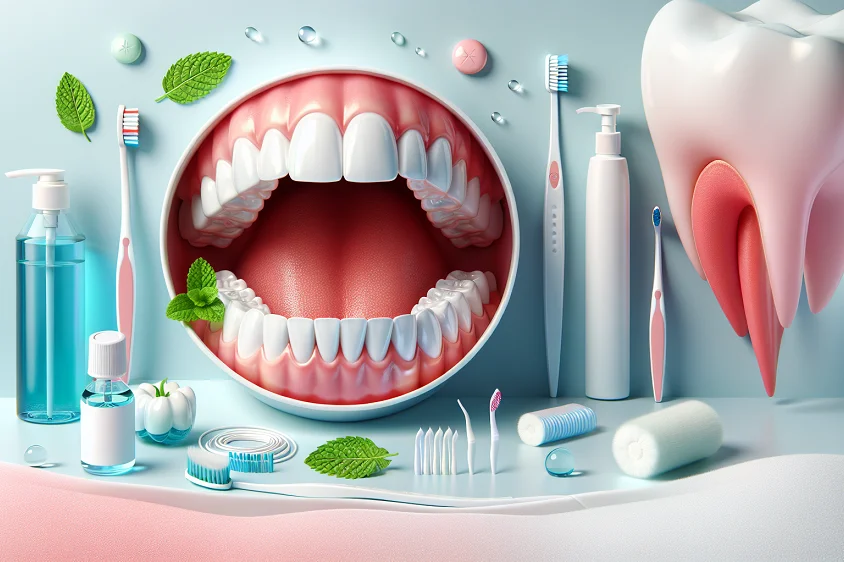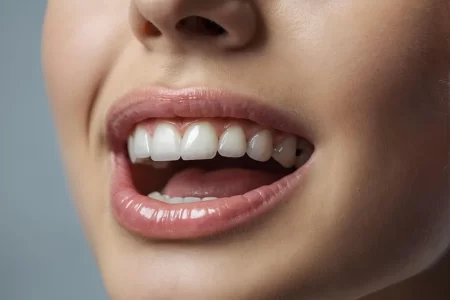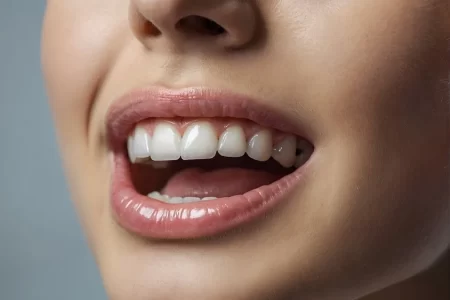Understanding Gum Disease: What You Need to Know For Better Oral Health
- Updated on: Jan 2, 2025
- 4 min Read
- Published on Jan 2, 2024

Gum disease is something that’s talked about often, but not always clearly understood. It’s like that one road everyone seems to know in town—the one with the tricky bend. If you’re not paying attention, you might find yourself looking for signs of gum disease, and catching the early symptoms can save you from much greater problems down the road (no pun intended).
Catching gum disease early is the key to maintaining good oral health.

What Causes Gum Disease?
A variety of factors can contribute to its development. Poor oral hygiene, smoking, genetics, certain medications, and conditions such as diabetes are all potential culprits. These factors can lead to a buildup of plaque, and eventually tartar, which irritates the gums and causes inflammation.
The symptoms of gum disease include swollen, red, or bleeding gums. You may also experience bad breath, loose teeth, or receding gums. If you notice any of these symptoms, it’s important to see a dental professional as soon as possible. They can assess your gums and recommend the best course of treatment.
Treating gum disease often starts with a deep cleaning process called scaling and root planing. This procedure removes plaque and tartar from below the gum line, helping to reduce inflammation and prevent further damage. In more severe cases, surgery or laser therapy may be necessary to restore gum health.
You can protect not just the health of your gums but also your general well-being by being watchful and getting expert assistance as soon as you notice any symptoms of gum disease. Drive for a healthy future and keep the road ahead clean!
Recognizing the Red Flags: Symptoms of Gum Disease
Think of your gums as a cozy, pink blanket wrapped around your teeth. Healthy gums cling tightly, but when they start getting irritated, they can become inflamed. You might see some redness or swelling, and even a bit of blood when you brush or floss. If you’ve ever been surprised by a little “pink in the sink”, it’s a classic hint that your gums might be in the starting stages of gingivitis. Don’t brush off these subtle nags! Bad breath that doesn’t go away with a mint or two is another discreet signal worth listening to.
Besides, gums that have pulled away from the teeth, creating a receding gum line, can also be a symptom. This can make your teeth look longer than normal and can sometimes lead to tooth sensitivity. If your teeth begin to feel loose or change their position, that could be a red alert signaling advanced gum disease, known as periodontitis. Early detection and treatment can reverse the effects of gingivitis, the mild form of gum disease, so it’s crucial to heed these warning signs and consult a dental professional.
Causes and Risk Factors: Tracing the Roots of Gum Problems
Bacteria, acting as uninvited guests to your gums, arrive with plaque, a sticky film on teeth that can harden into tartar if neglected, leading to gum disease. It’s not just poor brushing habits or a sweet tooth that invite gum problems; smoking and certain medications are also culprits. Beyond oral hygiene, genetics, stress, and conditions like diabetes also play roles in the risk of gum disease. Therefore, it’s vital to maintain good oral habits and understand these risk factors for better gum health.
Diagnosis and Professional Assessment: Seeking Expert Input
Now, if the word “probe” makes you think of sci-fi movies, it’s time to bring it down to earth. Dentists use probes to gently measure the depth of those little pockets that form between your teeth and gums. It’s how they check if those pockets are deeper than they should be—a sign of escalating gum disease. And trust us, these sorts of ‘deep dives’ are exactly what you want for keeping gum disease at bay. X-rays can also reveal how much support your teeth still have, which is crucial for charting out the right battle plan against gum disease.
Managing and Treating Gum Issues: From Basic to Surgical Interventions
Found yourself with a case of the gums blues? Fear not, for there are many ways to show gum disease the door. Starting with scaling and root planing—a fancy way of saying “really thorough cleaning”—dentists can remove tartar from below the gum line and smooth out your tooth roots to discourage bacteria from sticking around. More involved than your regular clean, but consider it a spa day for your gums. For those in need of a deeper fix, surgeries like flap surgery can help reduce those pesky pockets that are too deep for standard cleaning.
Prevention and Maintenance
In conclusion, maintaining gum health is similar to caring for a garden in that it calls for constant attention. Incorporating flossing into your daily regimen and brushing softly at a 45-degree angle to the gums are crucial for eliminating food particles and plaque. Frequent dental exams serve as a mechanism for early detection, making it easier to identify and treat any early indications of gum disease. Recall that keeping proper dental hygiene is essential to your general health and isn’t simply for show. Therefore, by taking good care of your gums, you’re maintaining not just the health of your mouth but also the durability of your beautiful smile.












